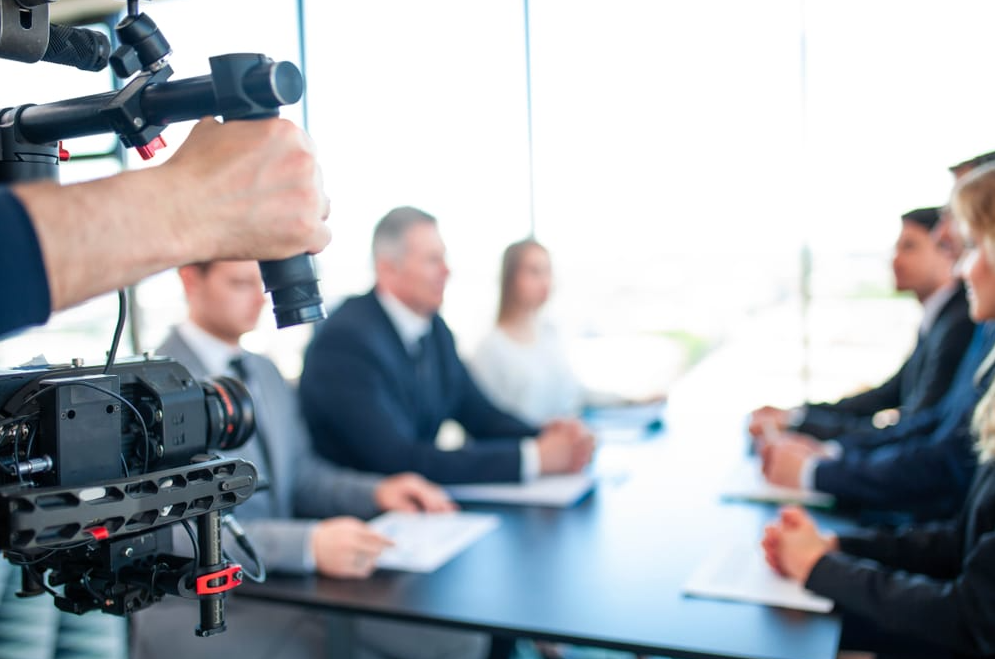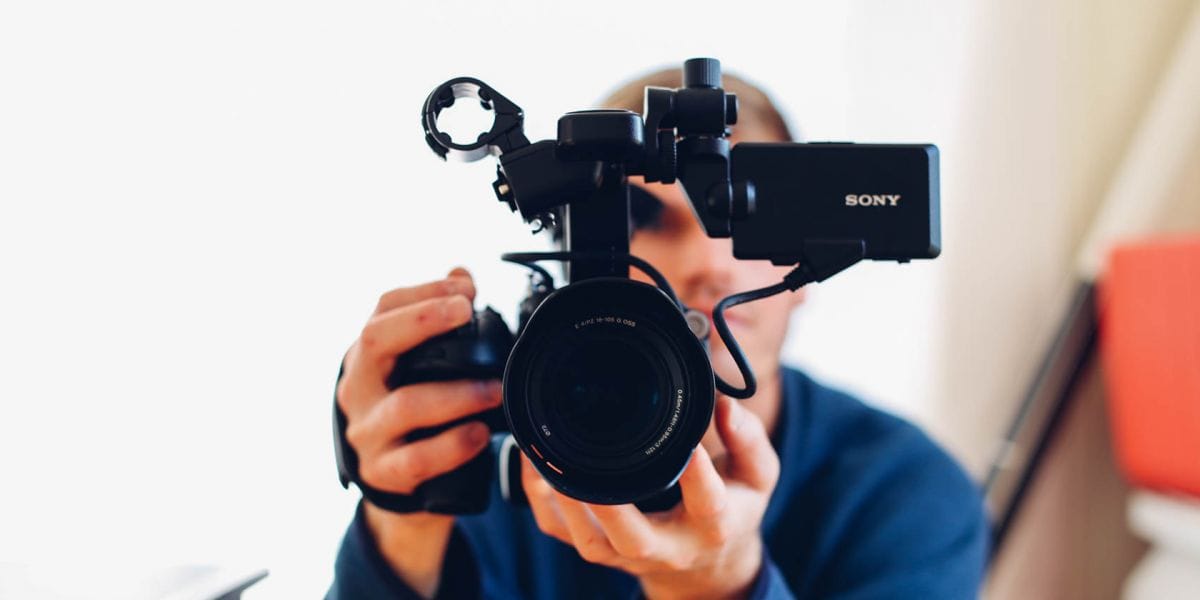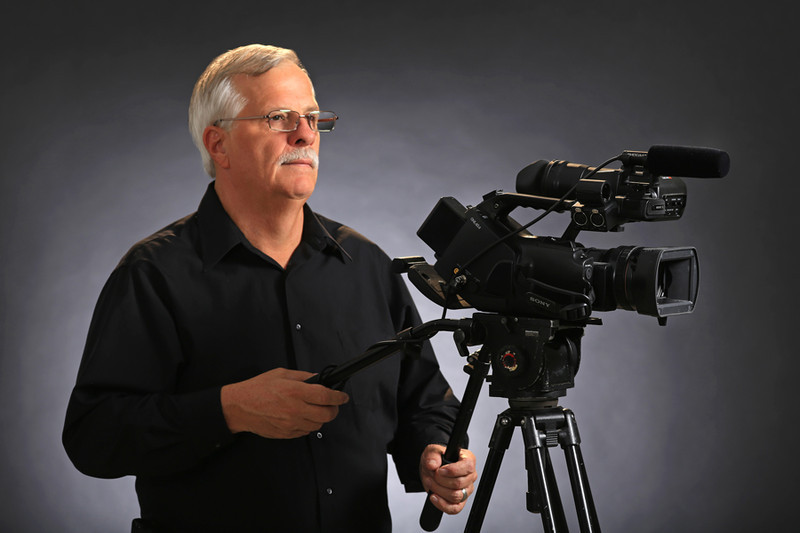The Function of Lawful Videography in Depositions and Tests
Legal videography has arised as an important device in both depositions and trials, giving a complex technique to recording witness testimonies. As lawful experts increasingly identify its worth, it triggers a deeper evaluation of just how these visual documents can influence juror perceptions and test outcomes.

Relevance of Legal Videography
Lawful videography plays an essential function in the documents and presentation of depositions and tests. This specialized field integrates technical skills with lawful knowledge to develop a dependable record of proceedings that can considerably affect case end results. The appearance of lawful videography improves the understanding of witness testament, enabling jurors and courts to observe not just the spoken words yet likewise the disposition, emotions, and body movement of the witnesses.
Furthermore, legal videography provides an objective account of events, lessening the possibility for misinterpretation that can happen with composed records alone. This visual documentation acts as an important device throughout trial presentations, assisting in a clearer and even more convincing story for both plaintiffs and accuseds. The capability to replay video clip sections during court procedures allows lawful teams to emphasize key factors, reinforcing their debates properly.
The significance of legal videography expands past the courtroom; it also plays a vital duty in preserving proof for future recommendation, whether for allures or more lawful action. Its assimilation right into the legal procedure is important for making sure a reasonable and accurate depiction of the realities, inevitably contributing to the pursuit of justice.

Refine of Legal Videography
While recording the subtleties of depositions and trials, the process of lawful videography involves a number of critical steps that ensure top notch, accurate recordings. At first, a specialist legal videographer prepares by reviewing the case materials and recognizing the details needs of the deposition or test. This preparation includes familiarizing themselves with the individuals and the context, which aids in recording important information.
On the day of the recording, the videographer establishes the needed tools, which generally includes high-def electronic cameras, microphones, and appropriate illumination. Making certain optimal angles and audio high quality is vital, as it directly impacts the effectiveness of the recording. The videographer interacts with attorneys and individuals to develop protocols, making sure that everyone understands the recording procedure.
During the deposition or test, the videographer carefully videotapes the proceedings, paying close attention to both spoken and non-verbal hints. This includes recording the demeanor and responses of witnesses and lawyers. After the session concludes, the videographer may modify the video footage for clarity and conformity with legal requirements, producing a last item that properly reflects the process for future recommendation and use in legal contexts.
Advantages in Depositions
The unification of videography in depositions provides many advantages that enhance the total procedure of gathering proof. One key advantage is the ability to capture witness testimonies with aesthetic and auditory integrity, giving an extra exact depiction of the witness's disposition, tone, and body movement. This multidimensional strategy permits attorneys and courts to examine credibility better than standard written transcripts alone.
Furthermore, videographed depositions act as an effective tool for protecting testimony. Must a witness come to be inaccessible for trial, their taped deposition can be played in court, making sure that their proof remains available and relevant. This facet significantly decreases the threat of losing important information that might influence case outcomes.

Lastly, videography improves the overall professionalism of the deposition procedure, instilling confidence in clients pertaining to the thoroughness of their legal depiction (legal videography). By leveraging technology, lawful specialists can significantly improve the efficiency of depositions
Effect On Tests
In numerous tests, the combination of videography can substantially influence the discussion of proof and the jury's perception. Legal videography captures witness testaments and essential proof in a vibrant layout, permitting jurors to involve with the product on multiple levels. This visual part improves the narration facet of a trial, supplying context and emotional resonance that traditional text-based proof might do not have.
Moreover, video clip recordings can act as effective tools for impeachment during cross-examination. When discrepancies occur between a witness's previous statements and their court room statement, video clip evidence supplies an unbiased check my site recommendation that can guide jurors' viewpoints. This immediacy and clarity can boost the reputation of a celebration's narrative while concurrently undermining opposing debates.

Future Trends in Legal Videography
As we look toward the future of lawful videography, a number of arising trends assure to improve its role within the court room. One considerable trend is the combination of man-made intelligence (AI) in video analysis and editing and enhancing. AI can enhance the procedure of identifying crucial minutes in recorded depositions, permitting lawyers to swiftly access appropriate web content, thus improving efficiency in instance preparation.
Furthermore, the rise of online fact (VIRTUAL REALITY) and augmented truth (AR) technologies is anticipated to change how jurors experience evidence. legal videography. By immersing jurors in a simulated setting, these innovations can provide a much more profound understanding of intricate circumstances, resulting in even more informed considerations
Moreover, the raising need for remote depositions, sped up by the COVID-19 pandemic, will likely proceed. his response Lawful videographers will need to adjust to brand-new software and systems to make certain top notch recordings in digital settings.
Finally, the growing emphasis on data protection will necessitate more stringent protocols for saving and sharing video proof. As the lawful landscape evolves, legal videographers should stay abreast of these trends to preserve their importance and performance in the judicial process.
Conclusion
In summary, lawful videography serves an important feature in the judicial process, enhancing the integrity of depositions and trials. By capturing the nuances of witness statements, this tool not just maintains necessary evidence but additionally help in presenting details efficiently to jurors. The value of aesthetic documents in assessing credibility and assisting in interrogation can not be overemphasized. As innovation remains to progress, lawful videography is positioned to additional transform its duty within the lawful landscape.